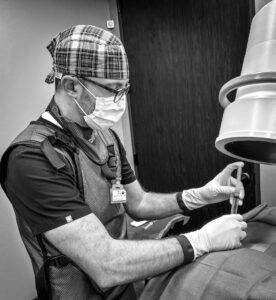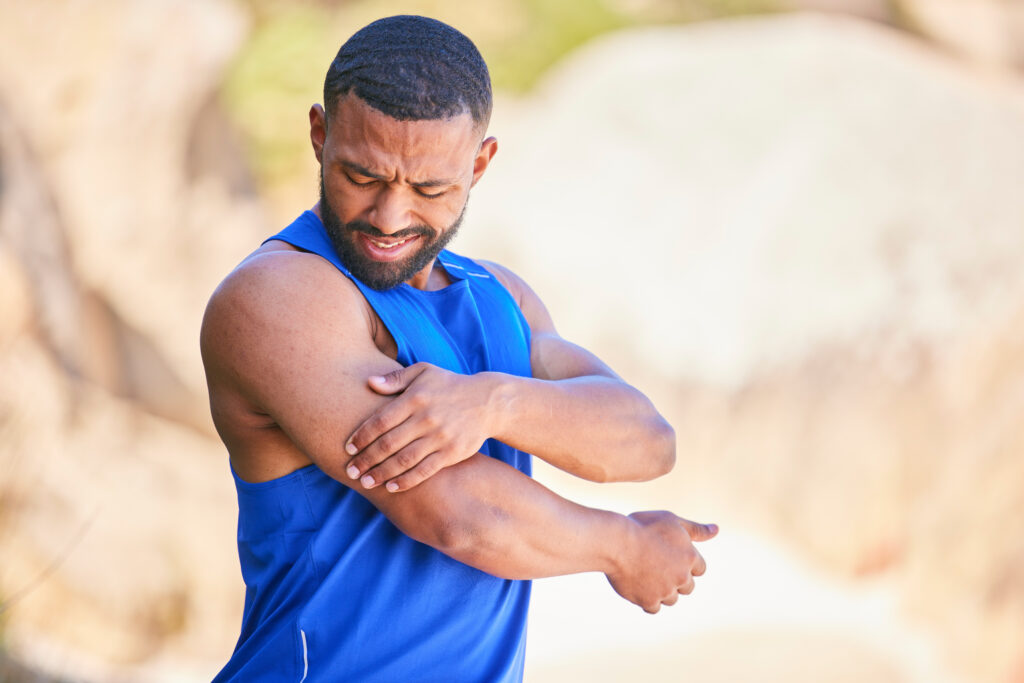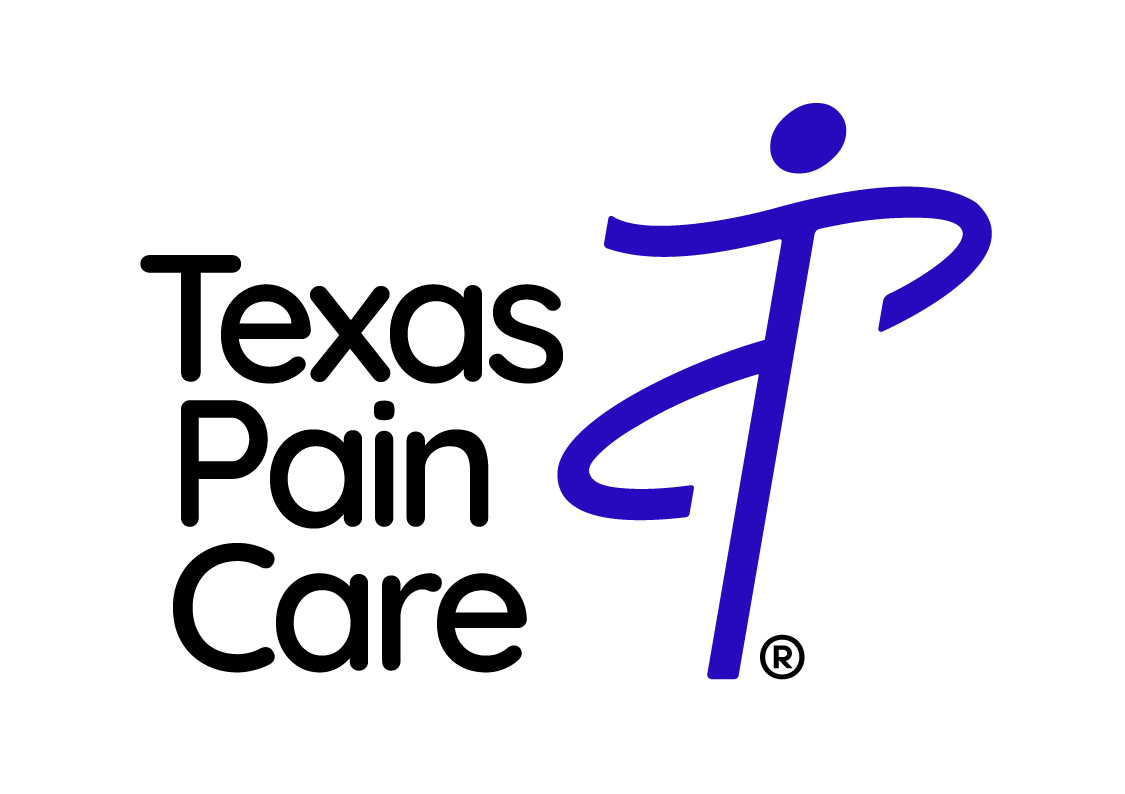
Where would you be without your hips and knees? Nowhere! Our hips and knees are an essential part of our skeletal structure that helps us to enjoy everyday activities, which include everything from walking to sitting to standing and to running.
Refer to this article for all the information about “Tricep Tendonitis”
Our objective at Texas Pain Care is to provide comprehensive and useful information.
There is a muscle called tendon that links the triceps to elbows and results in Tricep tendonitis in case of irritation. Usually, a strain or overexertion are the reasons for tricep tendonitis. It causes inflammation and pain and hinders physical activities.
For sports enthusiasts or athletes, it is essential not to have bicep and tricep tendonitis. This is because it reduces the degree of physical freedom, and the pain may persist for some time. Taking effective measures to prevent overloading your triceps is wise.
Triceps tendonitis, also known as triceps tendinopathy, is a condition characterized by inflammation of the triceps tendon, which connects the triceps muscle at the back of the upper arm to the elbow. This condition can cause significant discomfort and hinder daily activities, particularly those involving pushing or lifting movements. In this blog, we will explore the causes, symptoms, and effective treatment for triceps tendonitis, while also discussing the triceps tendonitis pain location associated with this condition.
Triceps tendonitis refers to an injury or inflammation affecting the triceps tendon. This tendon is a strong and flexible tissue that connects the triceps muscle, located at the back of the upper arm, to the bone of the elbow. The triceps tendon is frequently engaged whenever you straighten your arm, but repetitive strain can lead to tiny tears in the tissue. If these tears occur at a rate that outpaces the body’s ability to repair them, the tendon may sustain larger tears over time. Additionally, the outer sheath of the tendon may thicken or take on a dark red appearance.
Triceps tendonitis often results from repetitive strain or overuse of the triceps tendon, typically seen in athletes or individuals who engage in repetitive overhead activities. Common causes include:
The symptoms of triceps tendonitis can vary in severity. Understanding the symptoms early can facilitate timely treatment and prevent further damage to the tendon. Some common symptoms include.
Pain: The most common symptom is pain located at the back of the elbow, which may worsen with activity or when pushing against resistance.
Swelling: Inflammation may cause noticeable swelling around the elbow joint.
Stiffness: Individuals may experience stiffness in the elbow, particularly after periods of inactivity.
Weakness: Difficulty in performing tasks that require elbow extension or pushing movements due to weakness in the triceps.
Tenderness: The area around the triceps tendon may be tender to the touch.
While the symptoms described earlier may help identify triceps tendonitis, it’s essential to consult an orthopedic doctor or surgeon for an accurate diagnosis. If your pain stems from an active lifestyle, consider seeking a medical practice that specializes in sports-related injuries.
When meeting with an orthopedic specialist, they will begin by inquiring about your symptoms. Be ready to answer questions about the nature of your pain, when it began, and which activities seem to worsen it. Your physician may also ask about any home remedies you’ve tried and whether they’ve provided any relief.
During the physical examination, the doctor might press on the area where the triceps tendon connects the muscle to your elbow. Signs such as hardness, swelling, or redness could indicate the condition. They may also ask you to move your arm to evaluate your range of motion. Basic shoulder or elbow exercises could be part of the assessment to check the strength of your triceps, shoulders, and elbows. In some cases, the doctor may use resisted flexion to determine how resistance affects your ability to straighten the elbow.
If your symptoms are more severe or don’t improve with conservative treatments, imaging tests might be necessary. Procedures such as X-rays, ultrasounds, MRIs, or CT scans can provide insight into the condition’s severity. Ultimately, getting a professional diagnosis is crucial. Orthopedic experts can eliminate other possible causes and develop an appropriate treatment plan based on their findings.

You can also send us a message

Effective management of triceps tendonitis involves a combination of rest, rehabilitation, and, in some cases, medical interventions. Here are some commonly recommended treatment options:
Strength Training: Incorporate specific exercises for the triceps and surrounding muscles to build strength and support joint stability, reducing injury risk.
Flexibility Work: Regularly practice stretching and mobility exercises to maintain flexibility in the triceps and surrounding tissues, preventing tightness and strain.
Warm-Up/Cool-Down: Always perform a thorough warm-up before workouts and a cool-down afterward to prepare muscles for activity and aid recovery.
Proper Technique:Focus on maintaining correct form during all exercises, especially pushing movements, to minimize undue stress on the triceps tendon.
Gradual Progression: Slowly increase weights and intensity in your training regimen to allow your body to adapt, avoiding sudden overload.
Cross-Training: Engage in varied physical activities to reduce repetitive strain on the triceps, promoting balanced muscle development.
Listen to Your Body: Pay attention to any signs of discomfort or pain, and adjust your activities accordingly to prevent aggravating the condition.
Ergonomics: Ensure your workspace is set up to minimize strain on your arms, using proper equipment and posture during daily tasks.
Managing triceps tendonitis can be challenging, particularly when it requires stepping away from your regular routine. However, taking a temporary break to address your symptoms is crucial for preventing more severe injuries and avoiding extended periods away from work or the gym. It’s always wiser to treat a minor issue early on rather than pushing through and risking a more significant injury. If you are seeking the treatment options based on Texas, then Texas Pain Care is one of the best options for the same. With our experienced and professional physician you will get the best therapy options after booking free consultation with us. You can also contact us as we serve patients from Texas, Houston TX, Sugar Land TX, Missouri City TX. Our goal is to provide personalized, evidence-based, scientifically proven treatments tailored to your unique condition. Please don’t hesitate to call us or mail us at info@txpain.com
We’re here to help! Visit our pain management clinic at 3550 FM 1092 Rd Suite A, Missouri City, TX 77459, or contact us today to explore our treatment options.
Don’t let Tricep Tendonitis pain hold you back—our team at Texas Pain Care is dedicated to finding the right solution for you. We proudly serve patients in Texas, Houston TX, Sugar Land TX, Missouri City TX. Call us today to start your journey toward relief!
You can also check some of our other articles including achilles tendonitis and arthritis pain.

Where would you be without your hips and knees? Nowhere! Our hips and knees are an essential part of our skeletal structure that helps us to enjoy everyday activities, which include everything from walking to sitting to standing and to running.

If bladder or bowel control symptoms are keeping you from enjoying your life, it’s time to change that. Sacral neuromodulation therapy is a proven treatment option for helping millions of people who suffer from urinary or bowel incontinence finally find relief.

If you’ve ever experienced a headache, you know how debilitating it can be. Now imagine chronic head pain that doesn’t respond to over-the-counter medications or lifestyle changes. When the pain is felt in the back, front and/or sides of the head, and you feel like you’re in pain more often than you’re not, it might be worth looking into headache treatment with Occipital Nerve Block.

Get out of pain
Get back to living
Treatments
Conditions
